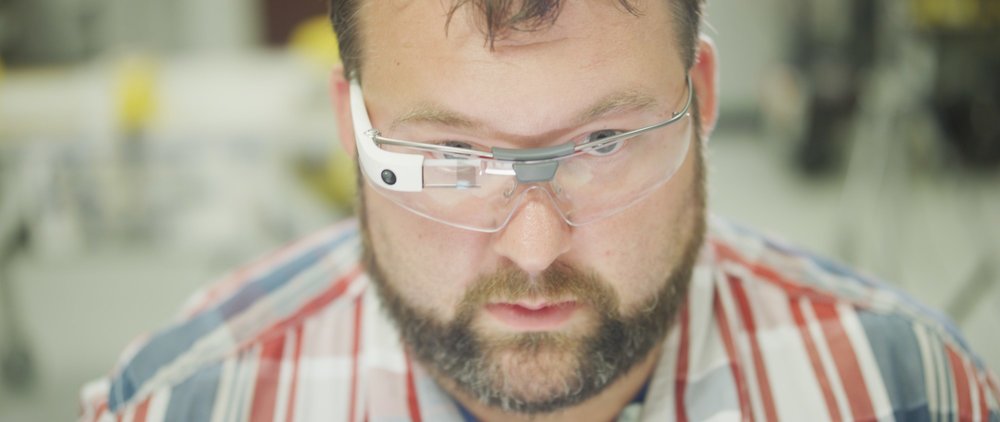Google Glass makes an official return
“Google parent company Alphabet just unveiled an enterprise version of Google Glass, licensing the smart glasses technology for business-focused applications. This is the first time in years the company has publicly talked about its plans for Glass.”
“In a blog post Tuesday, Glass project leader Jay Kothari said partners such as GE Aviation, AGCO, DHL, Dignity Health, NSF International, Sutter Health, Boeing and Volkswagen have been using Glass over the past several years, and make up just a sampling of 50 companies using the wearable.
Wired said several of these companies found the original Google Glass to be very useful in factories and other enterprise environments. Google discovered this and began work on a product built by a team dedicated to building a new version of Glass for the enterprise.”

